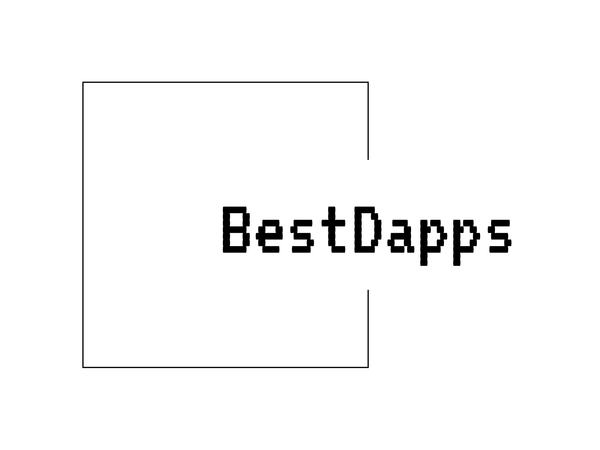
Exploring Stacks Tokenomics: The Future of STX - Stacks (STX) March 25 2025
Share
Understanding Stacks Tokenomics: A Closer Look at STX
The term "tokenomics" broadly refers to the economic model of a cryptocurrency, including the supply, distribution, and use cases of its tokens. As one of the prominent blockchain projects focused on enabling smart contracts directly on Bitcoin, Stacks (with its native token STX) stands out with unique tokenomics worth exploring.
Key Features of Stacks Tokenomics
Stacks enables the execution of smart contracts through its unique consensus mechanism called Proof of Transfer (PoX). This model sets it apart from traditional blockchains by linking a new chain to Bitcoin's security via Bitcoin’s own consensus mechanism. In this context, STX is not only a means of transaction but also plays an integral role in incentivizing network participants.
Supply and Distribution of STX
The initial supply of Stacks tokens was determined at its launch and continues to expand at a predictable rate through mining rewards. Miners compete to earn STX by transferring bitcoin, effectively linking Bitcoin’s network security to Stacks. A portion of these rewards also goes to STX holders who participate in stacking — a process of locking STX to earn Bitcoin yields, effectively aligning incentive structures between miners and network participants.
Utility and Use Cases
The functionality of STX extends beyond simple transactions. It is crucial for deploying and interacting with decentralized applications (dApps) on the network. Additionally, the stacking feature allows STX holders to earn BTC, which helps ensure network security and stability. This model contrasts with other tokens whose uses are sometimes limited to governance or staking within their ecosystem.
Governance Aspects
While Stacks is not primarily focused on governance through its token, STX plays a pivotal role in enabling community-driven initiatives and discussions related to network upgrades and ecosystem expansion. The decentralized ethos, similar to that seen in other blockchain projects like Cardano, encourages robust community involvement without directly tying governance to token ownership. For insights into governance in crypto, it might be interesting to explore systems like on Avalanche's governance.
Challenges and Considerations
The tokenomics of Stacks must navigate various challenges, including ensuring that mining and stacking incentives remain balanced. Moreover, the dependency on Bitcoin indirectly links STX's performance to Bitcoin's network, both in terms of price and security. Understanding these dynamics is crucial for those looking into the long-term sustainability of the Stacks ecosystem.
Overall, Stacks is redefining how smart contracts can interact with Bitcoin through a carefully structured tokenomics model that emphasizes utility, decentralization, and security.
